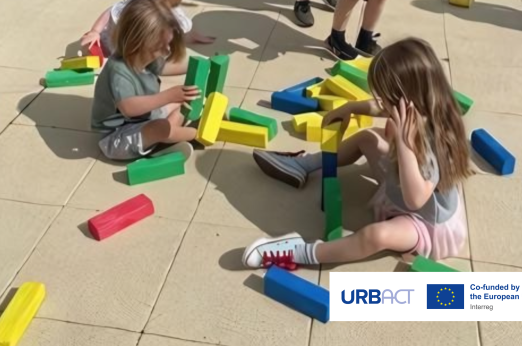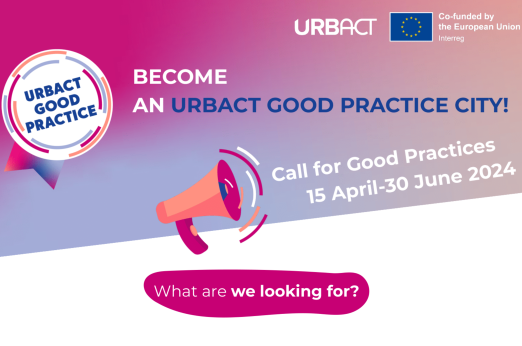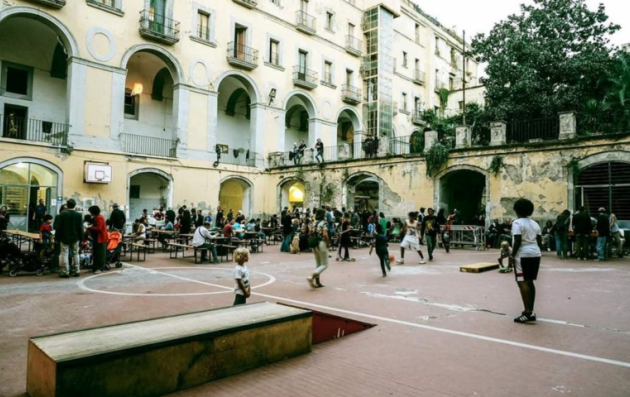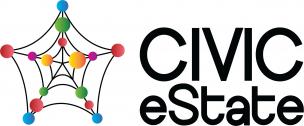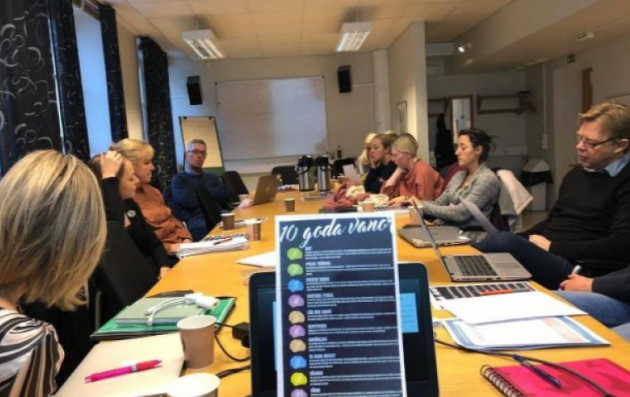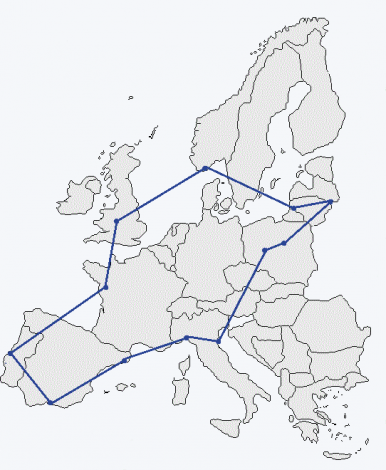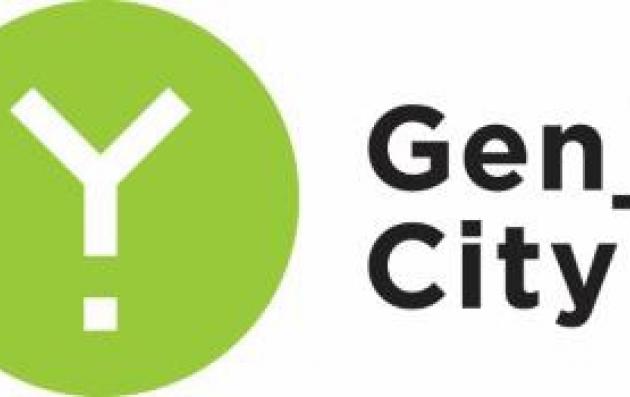Via ACCESS wil de gemeente Amsterdam werken aan culturele uitdagingen met een bijzondere focus op publieksbetrokkenheid, de verspreiding van cultuur door de stad en het verzamelen en gebruiken van gegevens als bewijsbasis voor het vinden van oplossingen. Er zal bijzondere aandacht worden besteed aan het vinden van benaderingen om rechtstreeks van stadsbewoners te leren over hun culturele behoeften en ambities, evenals de betrokkenheid van lokale belanghebbenden. ACCESS zal een drijvende kracht zijn bij het ontwikkelen van nieuwe strategieën en binnen dit netwerk kan de stad bestaande projecten versterken en nieuwe acties en initiatieven ontwikkelen om de culturele participatie te vergroten. Het creëren van een nieuwe duurzame langetermijnstrategie voor culturele inclusie. Met ACCESS legt de gemeente Amsterdam sterk de nadruk op de ontwikkeling van cultuur in de stadsdelen Noord, Nieuw-West en Zuidoost.
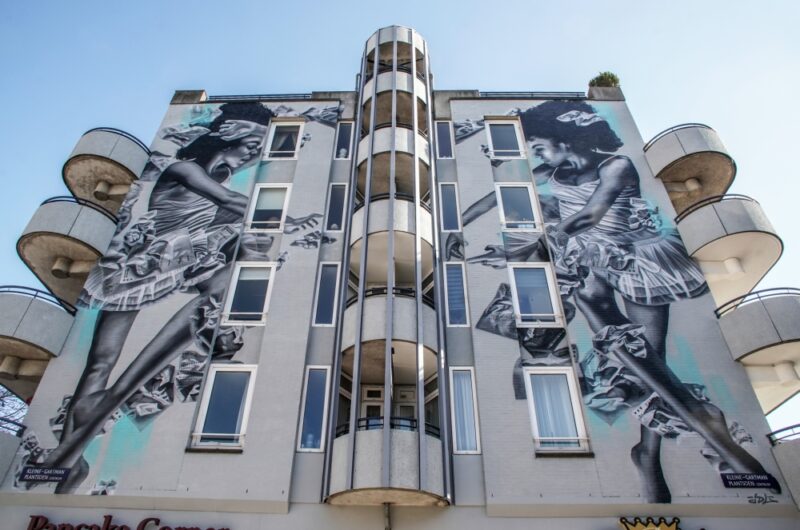
Amsterdam Noord
De eerste ambitie van Noord is om alle kunst en cultuur voor iedereen toegankelijk te maken. Daarom werken ze aan een cultuurkaart die verankerd is op wijkniveau in de wijk. Dit betekent prioriteit geven aan de buurtbewoners en minder aandacht besteden aan de uitbreiding van de binnenstad naar het noorden. Leiding geven aan bestaande initiatieven en instellingen uit Noord. Lokale sociale groepen zijn essentieel voor het succes en de ondersteuning van het cultuurbeleid. Het is noodzakelijk dat zij betrokken zijn en zich betrokken voelen bij het proces. Veel culturele instellingen zijn gebundeld in de Cultuurtafel en een van hun boodschappen is, verwijzend naar wijlen volkszanger Ramses Shaffy, ‘niet zonder ons’.
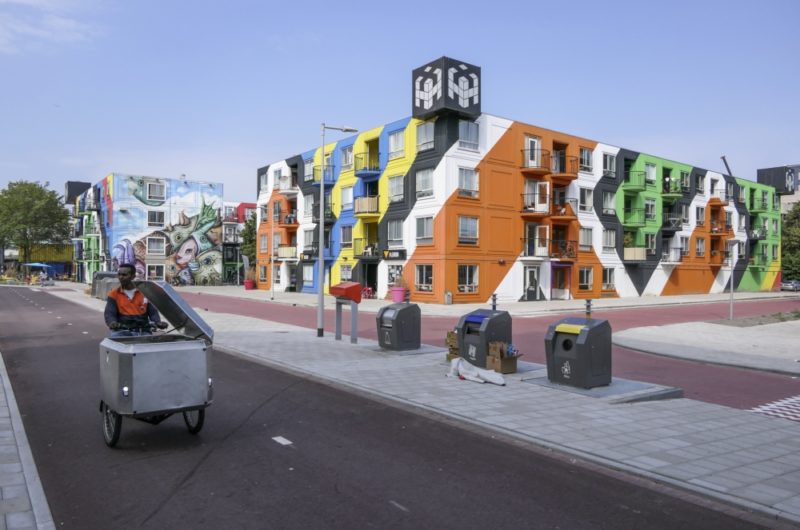
Amsterdam Nieuw-West
Stadsdeel Nieuw-West heeft vijf doelen gesteld op het gebied van kunst en cultuur.
- De leefbaarheid van de wijken vergroten door middel van kunst en cultuur, wat kan bijdragen aan dialogen, ontmoetingen en diversiteit
- Cultuurparticipatie vergroten
- Realiseren van een passende culturele infrastructuur
- Jongerencultuur stimuleren en talentontwikkeling stimuleren
- Nieuwe ruimte, kansen en mogelijkheden bieden aan makers uit Nieuw-West
De specifieke doelvraag voor ACCES om een meer inclusief aanbod van kunst en cultuur te realiseren is: Wat zijn de culturele wensen en behoeften van de bewoners, op wijk- en wijkniveau.
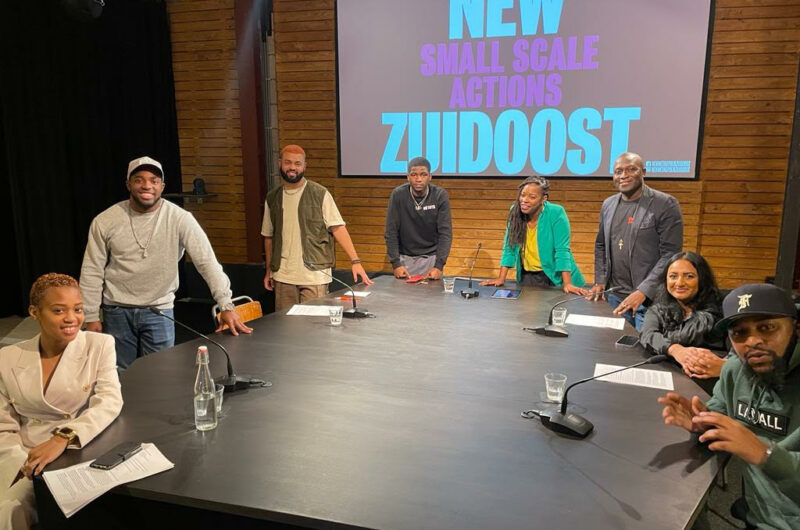
Amsterdam Zuidoost
Zuidoost speelt een belangrijke rol bij het realiseren van inclusie en diversiteit in Amsterdam en wil de ervaring en expertise op het gebied van diverse en multiculturele organisatie en programmering graag delen met de rest van Amsterdam. Zuidoost versterkt al lokale kunstinitiatieven en ondersteunt kunst- en cultuurorganisaties met subsidie; versterkt de financiële slagkracht van kunst- en cultuurprofessionals; versterkt cultuureducatie in Zuidoost; gebruikt lokale identiteiten als branding; promoot kunst en cultuur om de lokale bevolking en toeristen te bereiken; ondersteunt successen van eerdere evenementen; en versterkt de positie van kunst in de openbare ruimte.
Wat Zuidoost probeert te doen, is om de tafel gaan zitten met het culturele veld en hen het gesprek laten leiden, om te kijken welke uitdagingen aandacht nodig hebben. Blijf in gesprek, ook ondanks de corona-lockdown. Het gaat om de zichtbaarheid van de instellingen en de makers voor de bezoekers en de culturele partners in de stad. Hoe borgen we deze zichtbaarheid, hoe kunnen we samenwerken? Weten de culturele partners genoeg van Zuidoost en hun mogelijkheden? Onze ambitie is om voor Amsterdam een cultureel product samen te stellen waar iedereen trots op kan zijn.
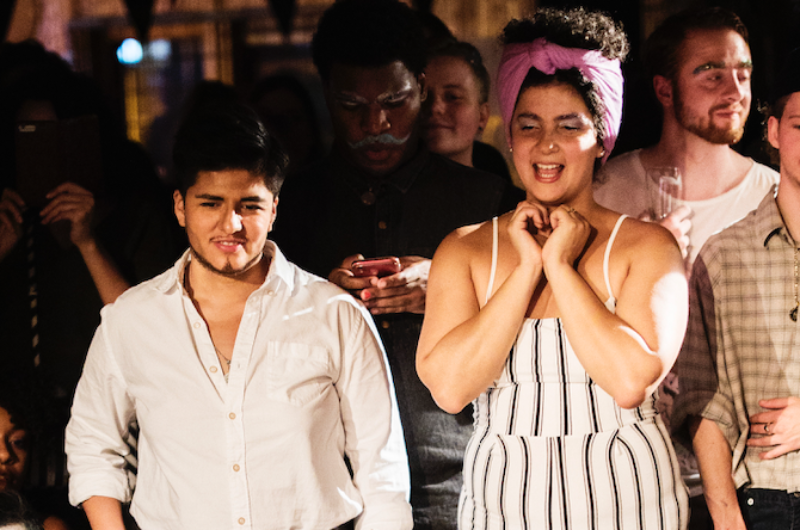
Inzicht krijgen in de cultuur van de stad
Om het inzicht in cultuurparticipatie te vergroten en te verdiepen, bundelt amsterdam & partners de krachten met belangrijke stakeholders uit de stad, waaronder de Amsterdammers, diverse culturele instellingen en de afdelingen Kunst en Cultuur, Innovatie, Onderzoek, Informatie & Statistiek en Diversiteit van de Gemeente Amsterdam gaat een nieuw datamodel voor cultuurparticipatie in Amsterdam ontwikkelen. Het Datamodel Cultuurparticipatie Amsterdam heeft tot doel inzicht te geven in (nog) niet bereikte bewoners en lokale doelgroepen, hun interesses en behoeften op het gebied van kunst & cultuur, kansen te signaleren voor culturele organisaties in Amsterdam en hen in staat te stellen hun inspanningen gericht op het vergroten van culturele deelname.
Geïnspireerd door Rotterdam
Als inspiratiebron voor de pilot wordt een bestaand initiatief gebruikt. Rotterdam Festivals en Whooz hebben met succes het (nog niet) culturele publiek in Rotterdam in kaart gebracht. Vanuit dit model werkt de culturele sector in Rotterdam samen aan haar gezamenlijke missie om de participatie van bewoners te vergroten. Met een eenvoudige en zeer laagdrempelige aanpak, gebaseerd op de analyse van postcodebestanden, wordt stadsbreed onderzoek gedaan en wordt inzicht verkregen in de cultuurparticipatie en voorkeuren van de Rotterdammers. Deze inzichten bieden praktische handvatten om de inspanningen van de verschillende stakeholders te verbeteren en interne en externe benchmarks mogelijk te maken.
Pilot
De pilot start met de actieve betrokkenheid van 25 Amsterdamse culturele instellingen verspreid over de stad op basis van historische kijkcijfers. Hierdoor kan de sub-ULG van Amsterdam de waarde van dit instrument toetsen en indien nodig aanpassen aan de lokale context en behoeften van Amsterdam.
Er wordt gewerkt op basis van postcode-analyses in combinatie met inzichten in demografie, leefstijl en gedrag. Dit maakt gerichte communicatie met (nieuwe) publieksgroepen mogelijk, zonder met hagel te schieten, waardoor het targeten van huidige en nieuwe bezoekers effectiever en efficiënter wordt. Door de postcodebestanden van de culturele instellingen door het model te halen, krijgen de instellingen praktisch en gedetailleerd inzicht in hun bezoekers, maar ook inzicht in de kernprestaties op het gebied van onder meer toegankelijkheid en inclusie, en deze te benchmarken.
Om maximaal draagvlak te krijgen en te behouden wordt een adviesraad ingesteld met daarin vertegenwoordigers van belangrijke stakeholders, waaronder bewoners, culturele instellingen, onderzoeksinstituten en de gemeente Amsterdam. Met de adviesraad en door middel van participatieve methoden worden de behoeften van Amsterdam in kaart gebracht en besproken, inclusief het idee om de huidige definities van culturele participatie in Amsterdam te herijken.
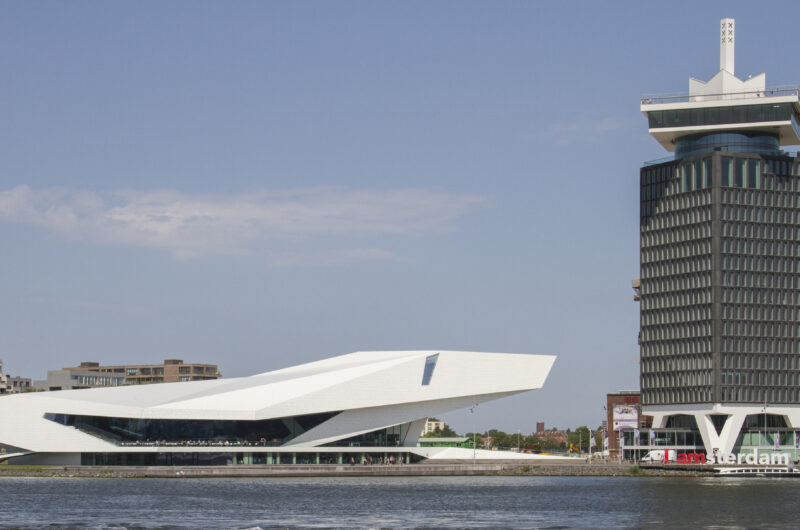
Ontwerpen van Small Scale Actions (SSA’s) in Amsterdam
In het verleden hadden bewoners vaak het gevoel dat de gemeente niet voor hen sprak. Hierdoor is de onderlinge relatie beschadigd en gaan ze onderzoekers en gemeentebestuurders wantrouwen. Om de kloof te overbruggen zouden we ze moeten beschouwen als de professionals van hun eigen buurt. We waarderen deze gesprekken en moedigen aan om over deze zorgen te spreken, die ons scherp houden en ons leren over de geschiedenis en de omstandigheden van de bewoners. Samen willen we deze lessen doorvoeren in de totstandkoming van de kleinschalige acties door de bewoners actief te betrekken bij de aanleg van de SSA's en te leren van de ervaringen van zowel de bewoners als de actieve hulpverleners in de wijk. We hopen dat dit het tij kan keren en kan helpen bouwen aan een duurzame methode om het wederzijdse vertrouwen in de stad te vergroten.
De ideeën zijn vertaald in een enquête, waarbij alle deelnemers per wijk konden stemmen op hun drie favoriete ideeën. In de enquête konden de respondenten ook aangeven bereid te zijn om bij te dragen aan de uitvoering van de SSA's.
Met deze resultaten in handen, gingen we op zoek naar de juiste projectmanager voor elk van de drie SSA's. We hebben expliciet gezocht naar iemand van de ULG, die bekend is met en in de wijk, die dicht bij de bewoners staat en hen begrijpt, en – misschien wel een belangrijke factor – die geen deel uitmaakt van de gemeente en bereid is om dit SSA samen te stellen in samenwerking met de bewoners, het Amsterdam ACCESS team en de toegewezen wijkbeheerders.
Met deze strategie hopen we een democratische methode te hebben gecreëerd voor het bedenken en samenstellen van onze SSA's, terwijl we tegemoetkomen aan de vraag om de sleutels uit te delen door de verantwoordelijkheid voor het bouwen van een gemeenschapsproject te delen met iemand buiten het gemeentebestuur. Met deze werkwijze willen we de drempel verlagen om de bewoners te benaderen, door de SSA's een vorm te geven die past bij hun waarden en behoeften.

